Natural disasters, epidemics and prolonged conflict have left millions of Somalis in dire need of urgent relief.
Distributing free meals to people in Howlwadag, south of Mogadishu, Somalia. Photo: AFP
UN humanitarian agencies have called for a donor meeting in New York this week to urgently address the dire humanitarian situation in Somalia, where some 6.6 million people, or nearly half the population, are food insecure.
“To ensure meaningful action in the Horn of Africa, donors and the international community should not wait for an official famine declaration when millions of lives are at risk,” the organizations said in a joint statement issued in the Somali capital Mogadishu.
According to observers, a humanitarian disaster was averted in Somalia at the end of 2022 thanks to timely humanitarian assistance, slightly more rain than previously expected, and good coordination among stakeholders. However, humanitarian agencies warn that despite these improvements, food insecurity in Somalia is far from over and is worsening every day, with more than 3 million people displaced.
Of the 6.6 million people across Somalia facing high levels of acute food insecurity, 1.8 million are severely malnourished, according to the latest Integrated Food Security Phase Classification (IPC) report. The country’s Ministry of Health recently released an estimate of nearly 43,000 deaths in 2022 due to the impact of the prolonged drought, half of them children under the age of five.
According to a VNA correspondent in Africa, aid agencies said that many factors, including prolonged drought due to climate change, recurring conflicts, the negative socio -economic impacts of the Covid-19 pandemic and high global food prices, have all created and sustained a humanitarian crisis in this East African country.
Severe hunger is not only in Somalia, but also in most countries in the Horn of Africa. The United Nations World Food Programme (WFP) recently warned that “unprecedented” severe food insecurity has persisted in drought-affected Horn of Africa (HOA) countries.
In its latest Horn of Africa drought situation and response report, WFP said countries in the region, mainly Ethiopia, Kenya and Somalia, are facing two and a half years of severe drought after five dry rainy seasons.
The report said the region is witnessing its most severe and prolonged drought in decades, leading to unprecedented food insecurity in southern and southeastern parts of Ethiopia, arid and semi-arid Kenya and large parts of Somalia.
The Horn of Africa is known for its frequent droughts, which have been exacerbated by a variety of factors, including population growth, macroeconomic volatility, pandemics, extreme poverty and conflict.
The report notes that the Horn of Africa is currently one of the most insecure regions, significantly higher than any other region in the world. Meanwhile, the projected water shortages between March and May 2023 could have devastating consequences for communities. Therefore, WFP emphasizes that humanitarian needs in the region will remain high in 2023 and the international community must increase its support in the region to protect lives.
HN synthesis
Source link


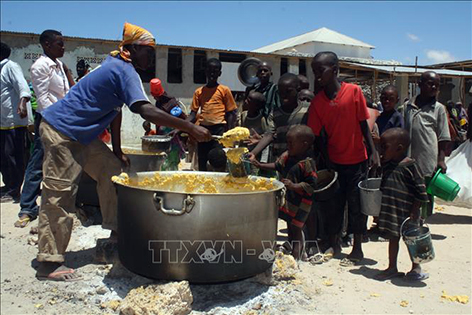



![[Photo] Prime Minister Pham Minh Chinh chairs the Government's special meeting on law-making in May](https://vphoto.vietnam.vn/thumb/1200x675/vietnam/resource/IMAGE/2025/5/22/1c880aae96fd4e0894abc47a46fe19ba)
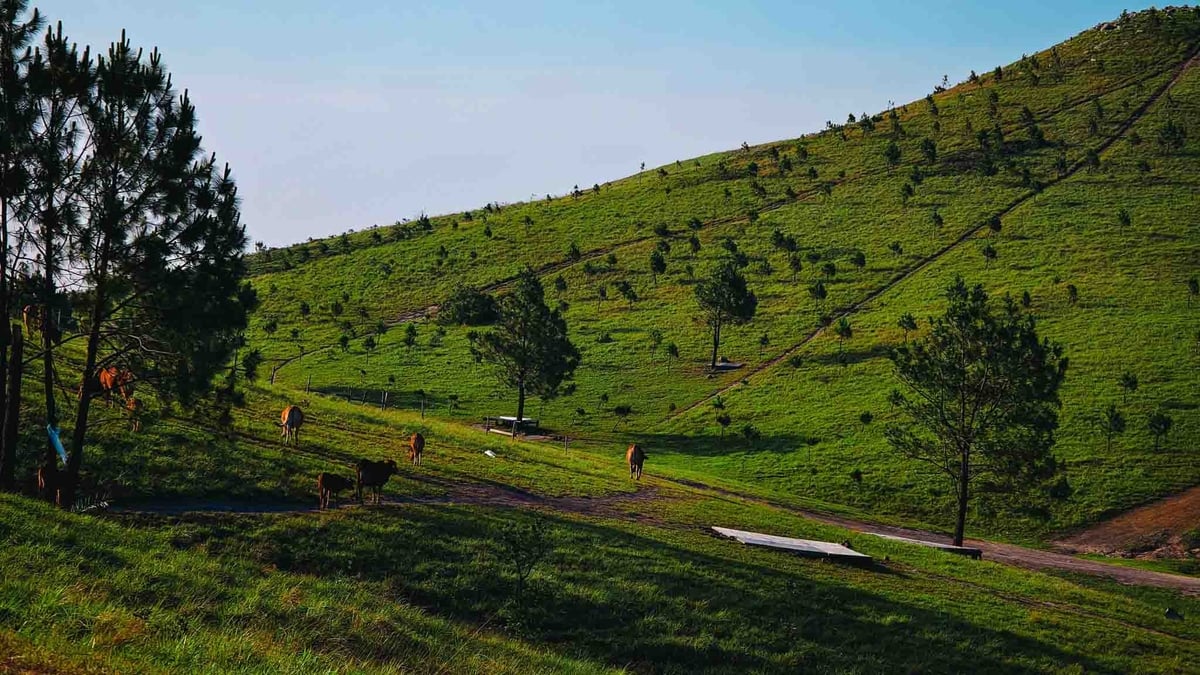





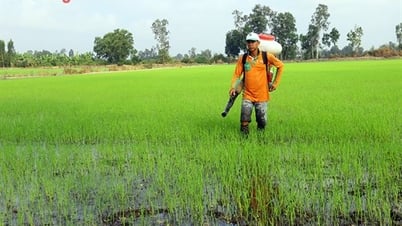
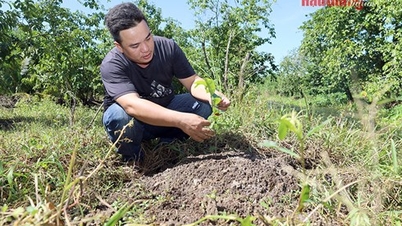




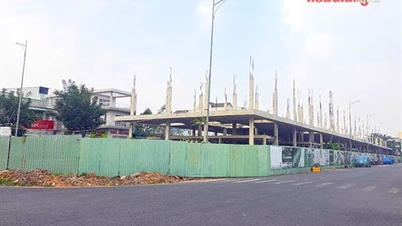


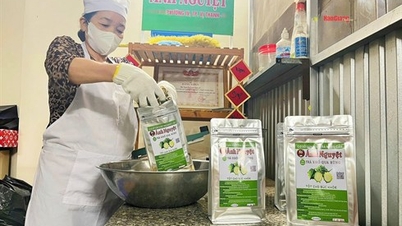
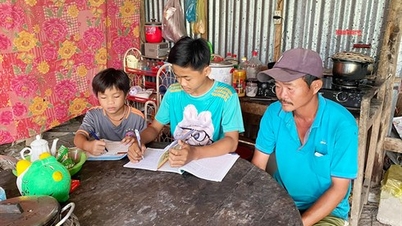
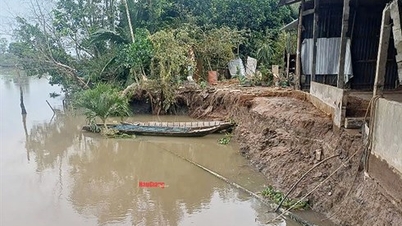
![[Photo] Prime Minister Pham Minh Chinh attends the groundbreaking ceremony of Trump International Hung Yen Project](https://vphoto.vietnam.vn/thumb/1200x675/vietnam/resource/IMAGE/2025/5/21/ca84b87a74da4cddb2992a86966284cf)





















































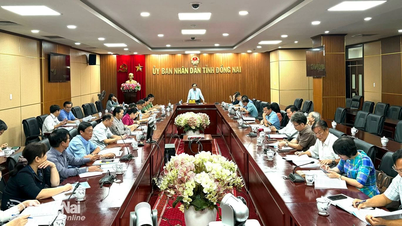












Comment (0)